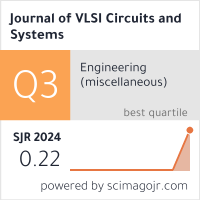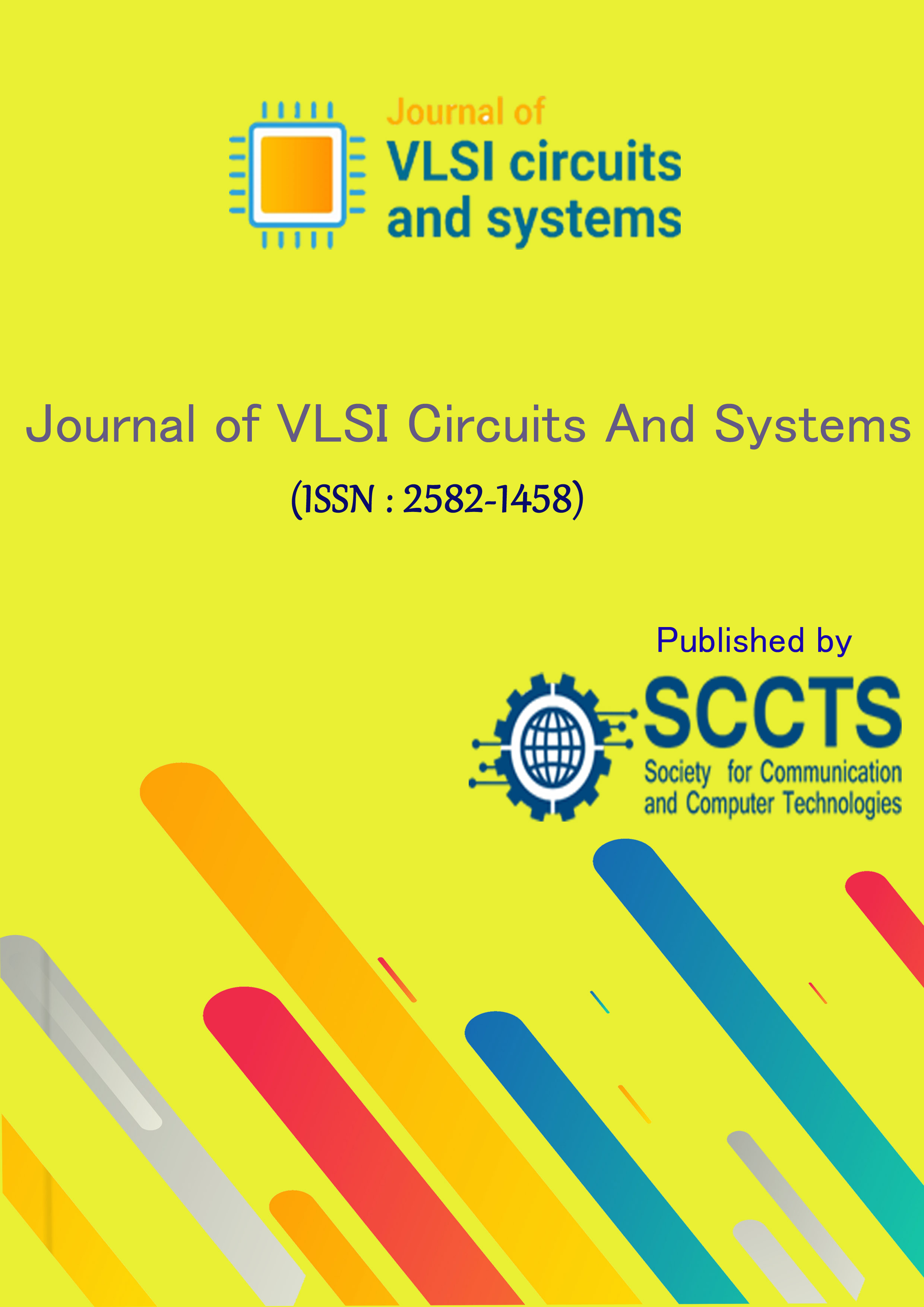Physical Design of Speed Improvised Factor in FPGA Applications
DOI:
https://doi.org/10.31838/jvcs/05.01.09Keywords:
Automatic test pattern generation; BIST; single cycle access; Scan Test.Abstract
Conventional shift-based scan chains have the drawback of peak power consumption which is reduced by the proposed single cycle access test structure for logic test. With the reduction of this power consumption the activity during shift and capture cycles
have been achieved. In addition, more accurate circuit behavior can be achieved even at stuck-at and at-speed tests using the proposed methodology. Thereby it accomplishes close proximity to the functional mode during higher frequency operation tests. By using the proposed design minimum number of test cycles can be gained to the existed literature. It is observed that test cycles per net is below 1 for larger designs when tested for simple test pattern generator algorithm without test pattern compression. Has the advantage of autonomous of the plan estimate conjointly gives an extra on-chip investigating flag permeability for each enrols. It is
in reverse congruous to the standard full check plans and with a minor improvement existing test design generators and test systems can be utilized conjointly talked about for the arrangement of including built-in self-test (BIST) and gigantic parallel check chains with the proposed plan. The design and implementation of single cycle access test structure for logic test is functionally verified using Vivado. The pre layout and post layout synthesis and its physical design are performed using cadence Genus and Innonus tools respectively, with the optimized area, power, and delay















